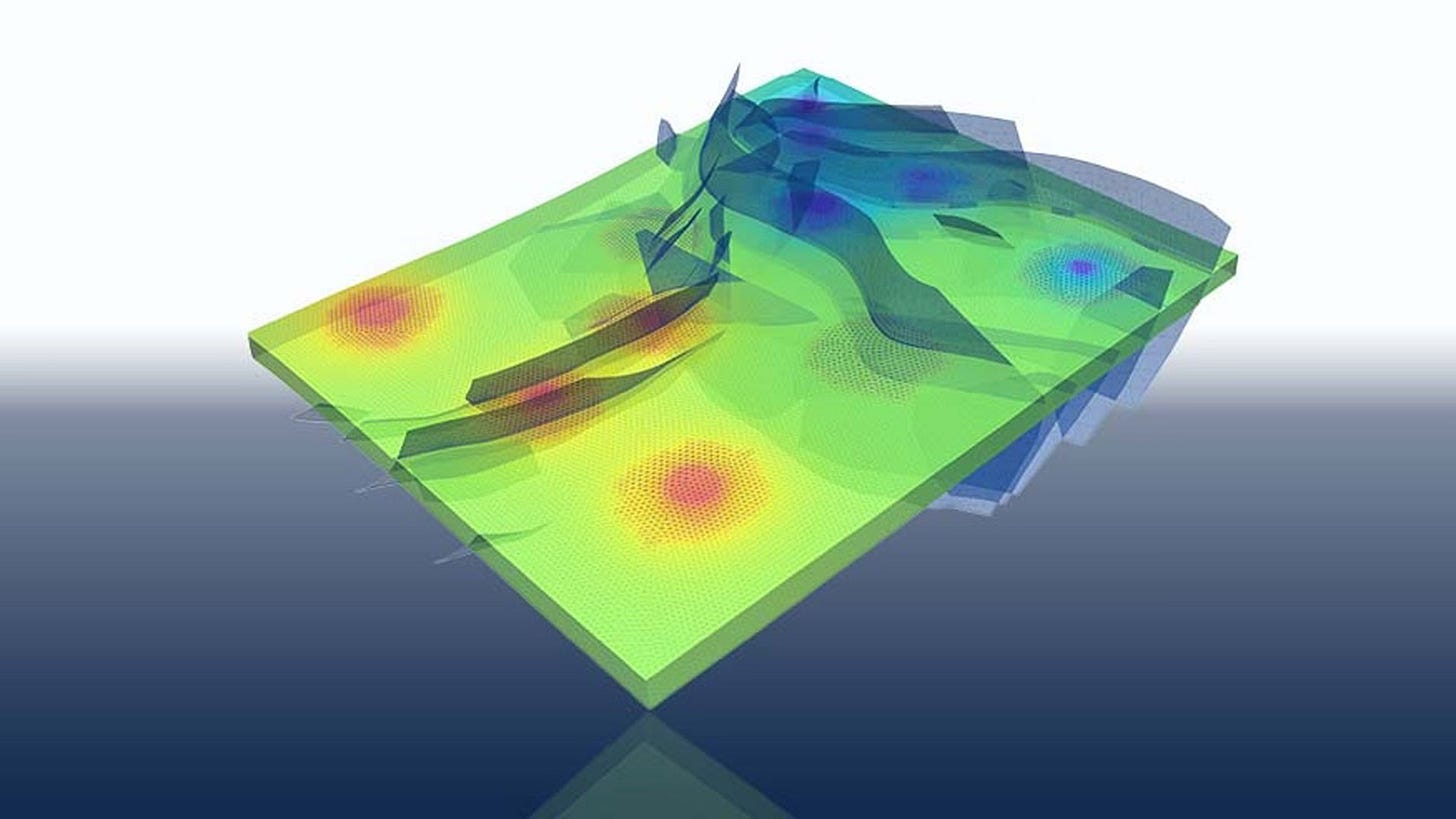A Turning Point for Carbon Capture and Storage (CCS)
Path to Zero Podcast interview with Geologist Dr. Tip Meckel

Carbon capture and storage (CCS) is currently the biggest hammer in the toolbox for reducing significant amounts of industrial emissions, according to our guest in this special episode of Path to Zero.
Dr. Timothy “Tip” Meckel is a senior research scientist at the Bureau of Economic Geology at The University of Texas at Austin. While on the road in Austin, Tucker had a chance to visit in-person with Dr. Meckel, who is one of the nation’s leading experts in CCS.
Listen to Path to Zero interview with Dr. Tip Mickel
In his work with the bureau’s Gulf Coast Carbon Center, Dr. Meckel is leading several research projects to capture CO2 and store it deep underground in geologic formations to permanently isolate it from the atmosphere. He was recently appointed to a White House task force on carbon capture, utilization and storage.
Meckel kicked off the conversation by explaining the carbon cycle and the importance of understanding where carbon resides—deep underground, in the oceans, biosphere, and atmosphere—and how it moves between those “reservoirs” over time. “The Earth handles carbon very efficiently through geologic time,” Meckel said, “but our industrial activities are overwhelming those natural systems with excess reactants—too much CO₂ too fast.”
The heart of Meckel’s work lies in intercepting that carbon before it reaches or lingers in the atmosphere. Through CCS, CO₂ emissions from industrial sources—like ethanol facilities, natural gas plants, or LNG terminals—can be captured, concentrated, and injected into deep underground rock formations where they are permanently stored.
“Right now, it’s the biggest hammer in the toolbox for reducing significant amounts of industrial emissions in a timeframe that we really care about,” Meckel told Perkins. “It’s measurable, scalable, and permanent.”
While capturing CO₂ is energy intensive, Meckel believes the environmental return is well worth the cost. “Just like we pay to dispose of solid waste, we need to pay to manage carbon waste,” he said, drawing a parallel to landfills. “And over time, just as we moved from landfilling everything to recycling, we’ll evolve from storing CO₂ to reusing it in new ways.”
Meckel cited emerging examples of CO₂ reuse, such as incorporating it into synthetic textiles, carbon-cured cement, and even renewable fuels like synthetic propane. “There’s a lot of creativity entering the space,” he said. “But realistically, most captured carbon will still need to be stored.”
Geographically, the Gulf Coast is well-positioned for large-scale CCS, thanks to a concentration of emissions-heavy industries and favorable geology. “Texas produces more CO₂ than the next two states combined,” Meckel noted. “But that also means it has more opportunity to lead on capture and storage. The Gulf Coast is becoming a CCS powerhouse.”
Resources
Dr. Timothy "Tip" A. Meckel-Bio, Bureau of Economic Geology , UT Austin
WIRED--The Big Business of Burying Carbon
UT Scientist Joins White House Task Force on Carbon Capture and Storage
A model for CCS development in Texas through 2050-Dr. Tip Meckel presentation


